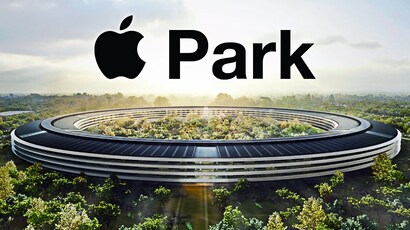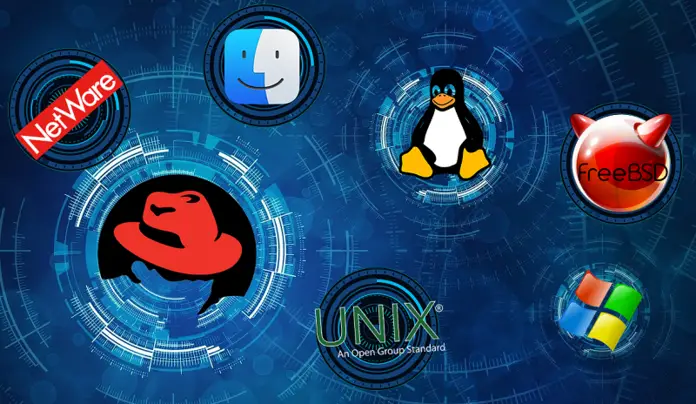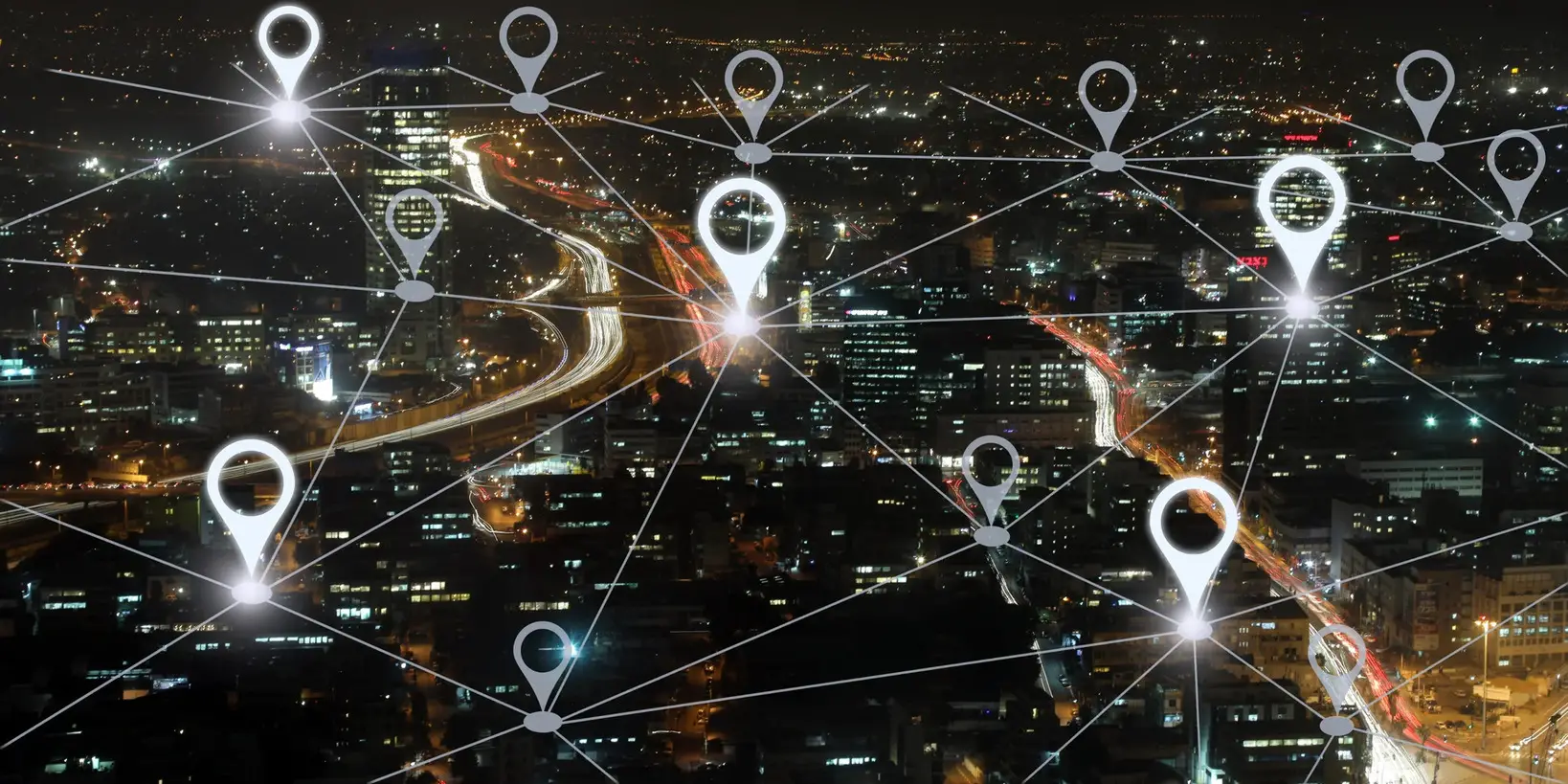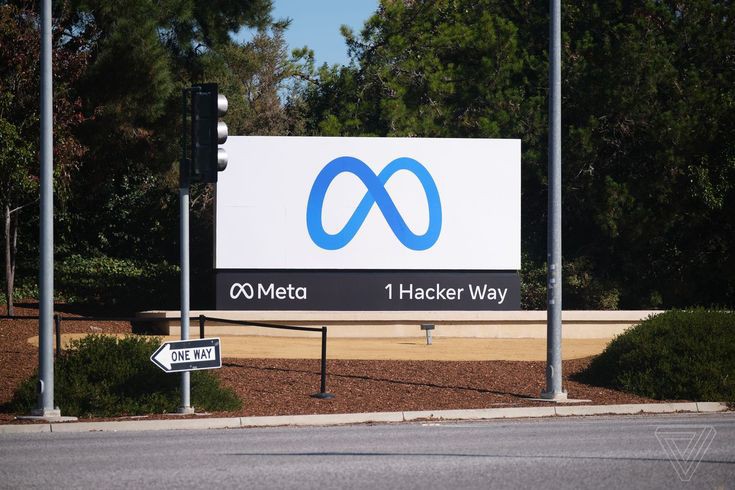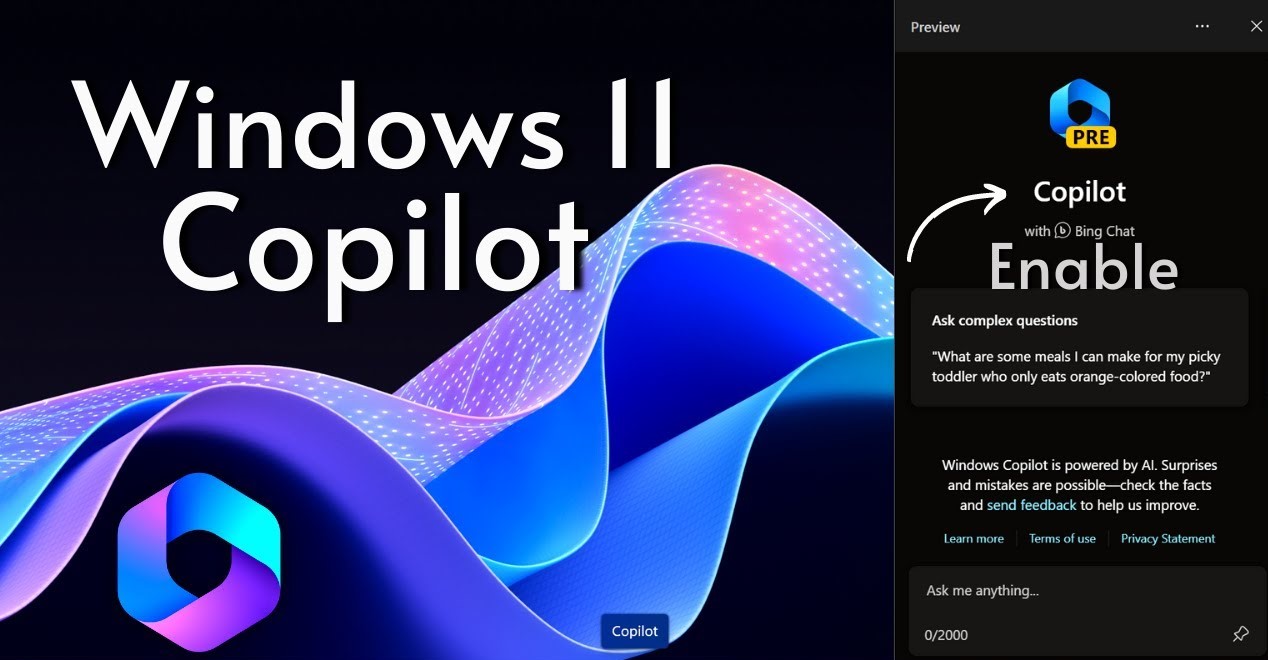Unveiling Wi-Fi 7: Key Features, Advantages, and Differences from Wi-Fi 6.
By Vinius M Muthii | February 07, 2024
The Internet is the main factor that has facilitated the advancement of technology in the 21st century with its influence in making communication easier and better. Social media platforms have emerged from this technology, making the world a global village. However, communication has been greatly aided by using wireless mediums to share signals from one user to another. This is about to become even easier with the unveiling of the new Wi-Fi 7 technology.
Wi-Fi 7 is here to change and upgrade how previous communications were handled. This boosts the performance rendered in the 2.4Ghz, 5GHz, and 6GHz bands, facilitating a robust device ecosystem, and worldwide interoperability and bringing advanced Wi-Fi performance to the next era of connected devices. In this article, we will delve into this new Wi-Fi 7, it's features, capabilities, advantages, and influence on the future of communication.
What is Wi-Fi 7?

Wi-Fi 7 is the new generation of Wi-Fi technology based on IEEE 802.11be technology. Its impact is set to bring cutting-edge capabilities enabling innovators who require high throughput and lower latency, greater reliability in their working environments. WiFi 7 networks support advanced Wi-Fi performance for high bandwidth applications ensuring better and more dependable connection amongst users even in dense environments like large campuses and stadiums.
Key Features
1. Multi-Link Operation (MLO)
Wi-Fi 7 uses and ensures more efficient load balancing of 6GHz and 5GHz Wi-Fi bands at once. This results in increased throughput and enhanced reliability by minimizing network traffic and maintaining connectivity if the user moves out of range of one band.
2. 320Mhz Channel Bandwith
It supports super-wide 320MHz channels that enable multi-gigabit device speeds. This provides twice the throughput of Wi-Fi 6 allowing for massive capacity gains.
3. 4K QAM(Quadrature Amplitude Modulation)
QAM is a method used in Wi-Fi standards to translate digital packets into analog signals that can wirelessly transfer data. Wi-Fi 7 comes with 4096 -QAM which is an enhancement to Wi-Fi's 6 1024 QAM. This ensures 20% higher transmission rates ensuring greater efficiency.
4. 512 Compressed Block Acknowledgement (Block Ack)
In Wi-Fi communication, when multiple packets (or MPDUs, MAC Protocol Data Units) are sent from a transmitter to a receiver, the receiver sends back an acknowledgment message, known as a Block Ack, to the transmitter. This message indicates which packets have been successfully received. The increase in MPDUs from 256 of Wi-Fi 6 to 512 enables Wi-Fi 7 to handle more data in each transmission improving efficiency and reducing overhead.
5. Multiple Resource Units (RUs) to a single STA
Frequency bands are divided into smaller sub-channels known as Resource Units(RUs). In Wi-Fi 7, multiple RUs can be assigned to a single STA(device) which improves flexibility for spectrum resource scheduling to enhance spectrum efficiency.
Advantages of Wi-Fi 7
1. Higher Throughput
Wi-Fi 7 can reach speeds up to 46Gbps, which is about 5 times faster than Wi-Fi 6E. This means that data can be transmitted over your Wi-Fi network at a much faster rate, potentially increasing your internet speed.
2. Improved Support for Deterministic Latency
Wi-Fi 7 introduces new techniques to lower networking latency (the delay in networking response) and jitter (the variation in latency). This improves real-time responsiveness, which is crucial for applications like gaming and video conferencing.
3. Enhanced Efficiency, Even in Dense Networks
Wi-Fi 7 supports a greater density of connections, pushes higher spectrum efficiency, and makes Wi-Fi more reliable. It also introduces features like Multiple RUs to a single STA, which allows for more efficient use of the available spectrum and potentially higher data rates.
4. Increased Robustness and Reliability
Wi-Fi 7 is designed to be more robust and reliable, even in challenging environments. It uses advanced error correction techniques and can handle more data in each transmission, improving efficiency and reducing overhead.
5. Reduced Power Consumption
Wi-Fi 7 is designed to be more energy-efficient, which can help extend the battery life of Wi-Fi 7 devices. This is particularly beneficial for battery-powered devices like smartphones and laptops.
Key Differences between Wi-Fi 7 and Wi-Fi 6
(a). Speed
Wi-Fi 7 can achieve a maximum data rate of approximately 46.1 Gbps, which is nearly 4.8 times faster than Wi-Fi 6's maximum speed of 9.6 Gbps.
(b). Frequency Bands
Both Wi-Fi 7 and Wi-Fi 6 work across the 2.4 GHz, 5 GHz, and 6 GHz bands. However, Wi-Fi 7 introduces a new technology called Extremely High Throughput (EHT) to significantly enhance its performance.
(c). Bandwidth
Wi-Fi 7 supports a bandwidth of up to 320 MHz, which is double the bandwidth supported by Wi-Fi 6, allowing for faster data transfer rates.
(d). Modulation
Wi-Fi 7 employs a more advanced modulation technique known as 4096-QAM, compared to Wi-Fi 6's 1024-QAM. This means each symbol in Wi-Fi 7 can carry more data, resulting in a 20% increase in data transfer rates.
(e). Spatial Streams
Wi-Fi 7 supports up to 16 spatial streams, twice as many as Wi-Fi 6, leading to a doubling of the theoretical maximum transmission rate.
(f).Resource Units (RU)
Wi-Fi 7 introduces a more flexible method for allocating resource units, allowing for more efficient utilization of the available spectrum
In conclusion, the advent of Wi-Fi 7 represents a monumental leap forward in wireless technology, promising unparalleled speed, efficiency, and reliability. From powering the next generation of smart homes and IoT devices to driving innovation in healthcare, education, transportation, and beyond, Wi-Fi 7 holds the potential to redefine the way we work, communicate, and interact with the world around us.
Subscribe to our Newsletter and follow our social media channels for more news on technological aspects.
Never miss Technological Updates
Subscribe to our Newsletter
Join our Community
Follow us on social media to stay connected and engage with our vibrant tech community:






